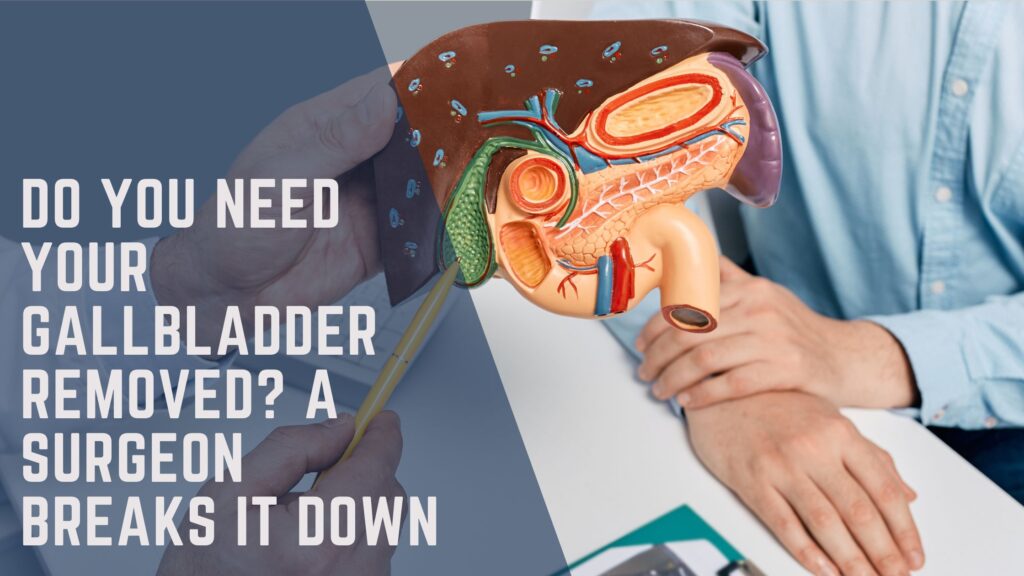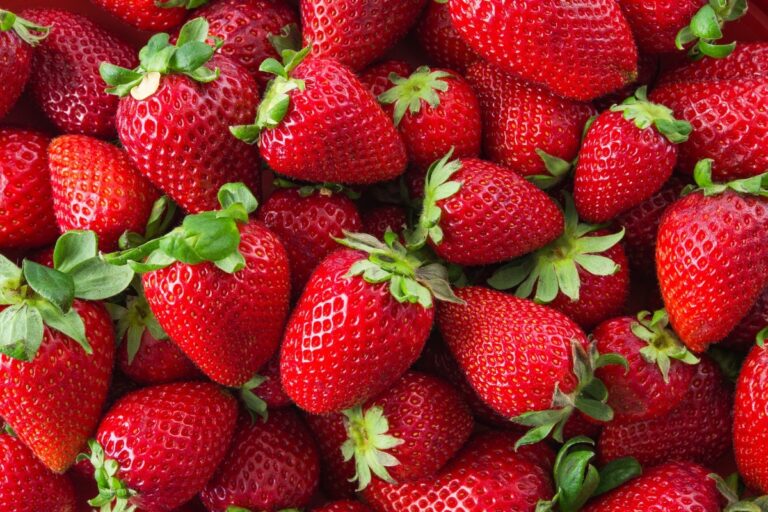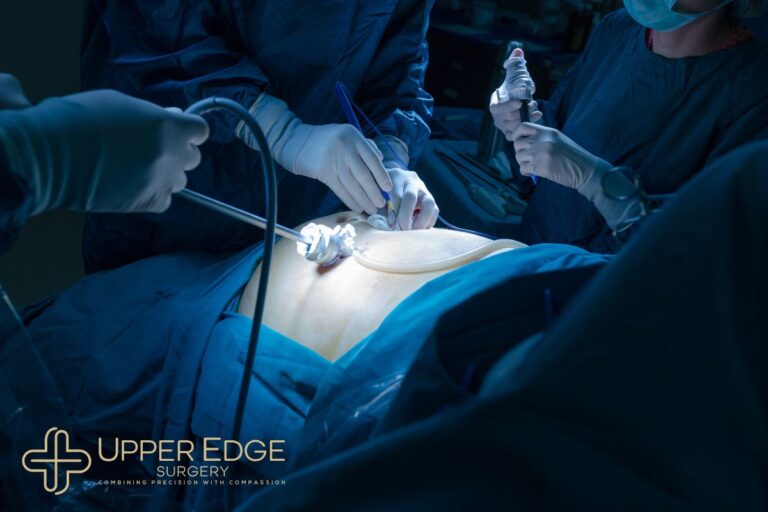
Table of Contents
The gallbladder is a small, pear-shaped organ located beneath the liver, playing a crucial role in digestion by storing and releasing bile to help break down fats. While it may seem insignificant, gallbladder diseases can cause severe pain, digestive issues, and even life-threatening complications if left untreated.
As a surgeon specialising in gallbladder conditions, I frequently treat patients suffering from gallstones, cholecystitis, choledocholithiasis, and other gallbladder disorders. Many of these conditions require surgical intervention, and understanding them is the first step toward effective treatment.
In this comprehensive guide, I’ll explain the full spectrum of gallbladder diseases, their symptoms, risks, and why surgical removal (cholecystectomy) is often the best solution.
1. Gallstones (Cholelithiasis)
What Are Gallstones?
Gallstones are hardened deposits of bile components (cholesterol, bilirubin, or mixed) that form in the gallbladder. They can range in size from tiny grains to large golf ball-sized stones.
Symptoms of Gallstones
- Biliary colic: Sudden, intense pain in the upper right abdomen, often after fatty meals
- Nausea and vomiting
- Bloating and indigestion
- Pain radiating to the back or right shoulder
Why Surgery May Be Needed
If gallstones cause recurrent pain, inflammation, or complications like blockages or infections, a laparoscopic cholecystectomy (minimally invasive gallbladder removal) is the gold-standard treatment.

2. Acute and Chronic Cholecystitis (Inflamed Gallbladder)
What Is Cholecystitis?
Cholecystitis is inflammation of the gallbladder, usually due to gallstones blocking the cystic duct. It can be:
- Acute cholecystitis: Sudden, severe inflammation with infection risk
- Chronic cholecystitis: Long-term inflammation leading to scarring
Symptoms
- Severe right upper abdominal pain (lasting hours)
- Fever and chills (if infected)
- Nausea and vomiting
- Tenderness when pressing on the abdomen
Why Surgery Is Necessary
Untreated cholecystitis can lead to gangrene, perforation, or sepsis. Emergency surgery is sometimes required, but elective laparoscopic cholecystectomy is preferred for chronic cases.
3. Choledocholithiasis (Gallstones in the Bile Duct)
What Happens When Gallstones Block the Bile Duct?
When gallstones migrate from the gallbladder into the common bile duct (CBD), they can cause:
- Jaundice (yellow skin/eyes)
- Dark urine and pale stools
- Severe abdominal pain
- Pancreatitis (life-threatening inflammation of the pancreas)
Treatment Approach
- ERCP (Endoscopic Retrograde Cholangiopancreatography): A non-surgical procedure to remove bile duct stones.
- Follow-up cholecystectomy: Since the gallbladder is the source of stones, removing it prevents recurrence.
4. Cholesterolosis ("Strawberry Gallbladder")
What Is Cholesterolosis?
A benign condition where excess cholesterol builds up in the gallbladder wall, creating a speckled appearance (hence the name “strawberry gallbladder”).
Symptoms & Risks
- Often asymptomatic
- Can contribute to gallstone formation
- Rarely causes pain, but if symptomatic, surgery may be needed

5. Porcelain Gallbladder (Calcified Gallbladder)
What Is a Porcelain Gallbladder?
A rare condition where the gallbladder wall becomes calcified, making it brittle and bluish-white (like porcelain).
Why Is It Dangerous?
- Increased risk of gallbladder cancer (though rare)
- Often found incidentally on imaging
- Prophylactic cholecystectomy is usually recommended to prevent complications

6. Gallbladder Polyps
What Are Gallbladder Polyps?
Small growths on the gallbladder lining, usually benign but sometimes precancerous.
When Is Surgery Needed?
- Polyps >10mm (higher cancer risk)
- Rapidly growing polyps
- Symptomatic polyps (pain, digestive issues)
A cholecystectomy is the safest option if malignancy is suspected.
7. Adenomyomatosis (Gallbladder Wall Thickening)
What Is Adenomyomatosis?
A non-cancerous thickening of the gallbladder wall, forming small pouches (Rokitansky-Aschoff sinuses).
Symptoms & Treatment
- Often asymptomatic
- Can mimic gallstones or cholecystitis
- Surgery may be indicated
When Should You See a Surgeon?
If you experience any of the following, consult a gallbladder surgeon immediately:
✅ Persistent upper right abdominal pain (especially after eating fatty foods)
✅ Jaundice (yellow skin/eyes)
✅ Fever with abdominal pain (sign of infection)
✅ Unexplained nausea, vomiting, or bloating
Why Choose Surgery?
- Laparoscopic cholecystectomy is minimally invasive, with quick recovery.
- Prevents life-threatening complications (e.g., gangrene, pancreatitis, sepsis).
- Eliminates recurrent gallstone attacks.

Don't Forget About Your Gallbladder!
Gallbladder diseases range from painful gallstones to rare but serious conditions like porcelain gallbladder. While some cases can be managed medically, surgery remains the definitive treatment for most symptomatic gallbladder disorders.
At Upper Edge Surgery, Dr Goutham specialises in minimally invasive gallbladder removal, ensuring a safe, quick recovery with minimal scarring. If you suspect gallbladder issues, early intervention can prevent complications.
Book a consultation today to discuss your symptoms and explore the best treatment options.
Dr. Goutham Sivasuthan
Upper Edge Surgery

